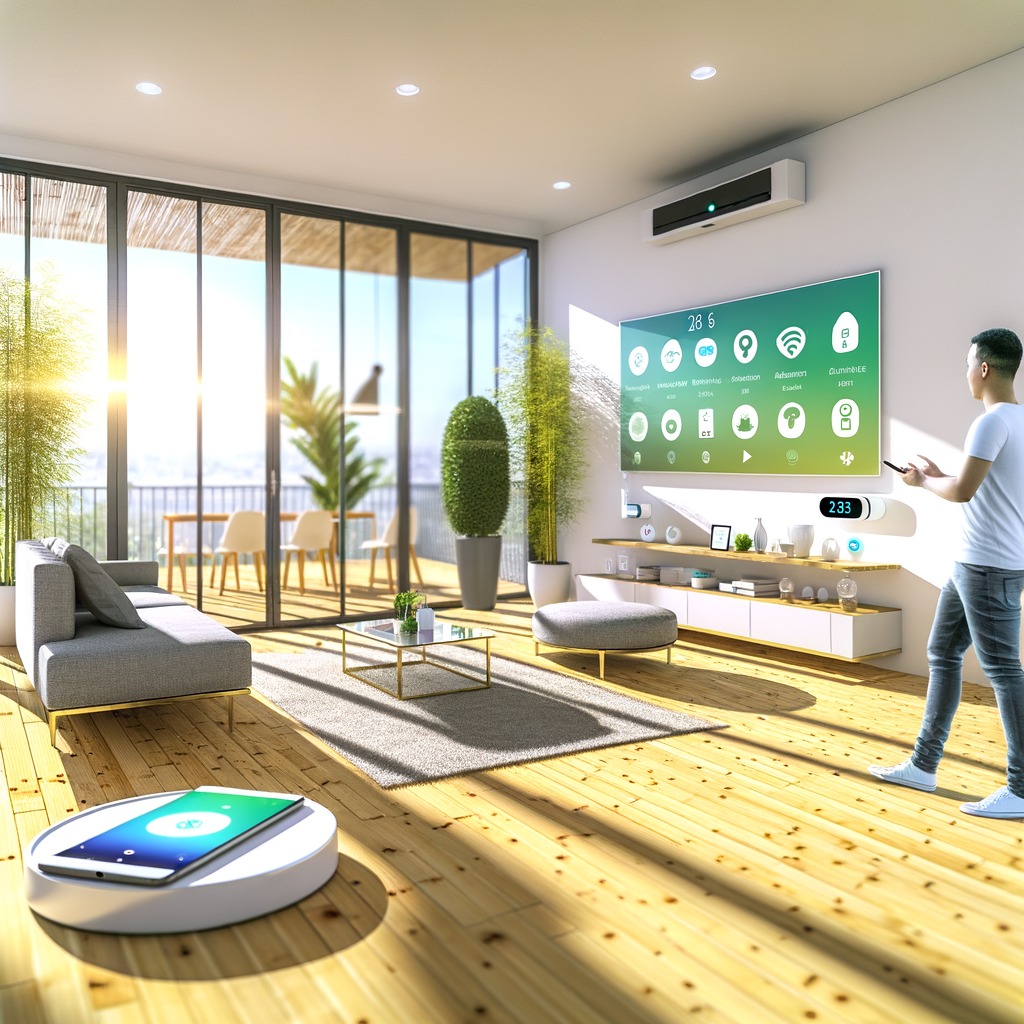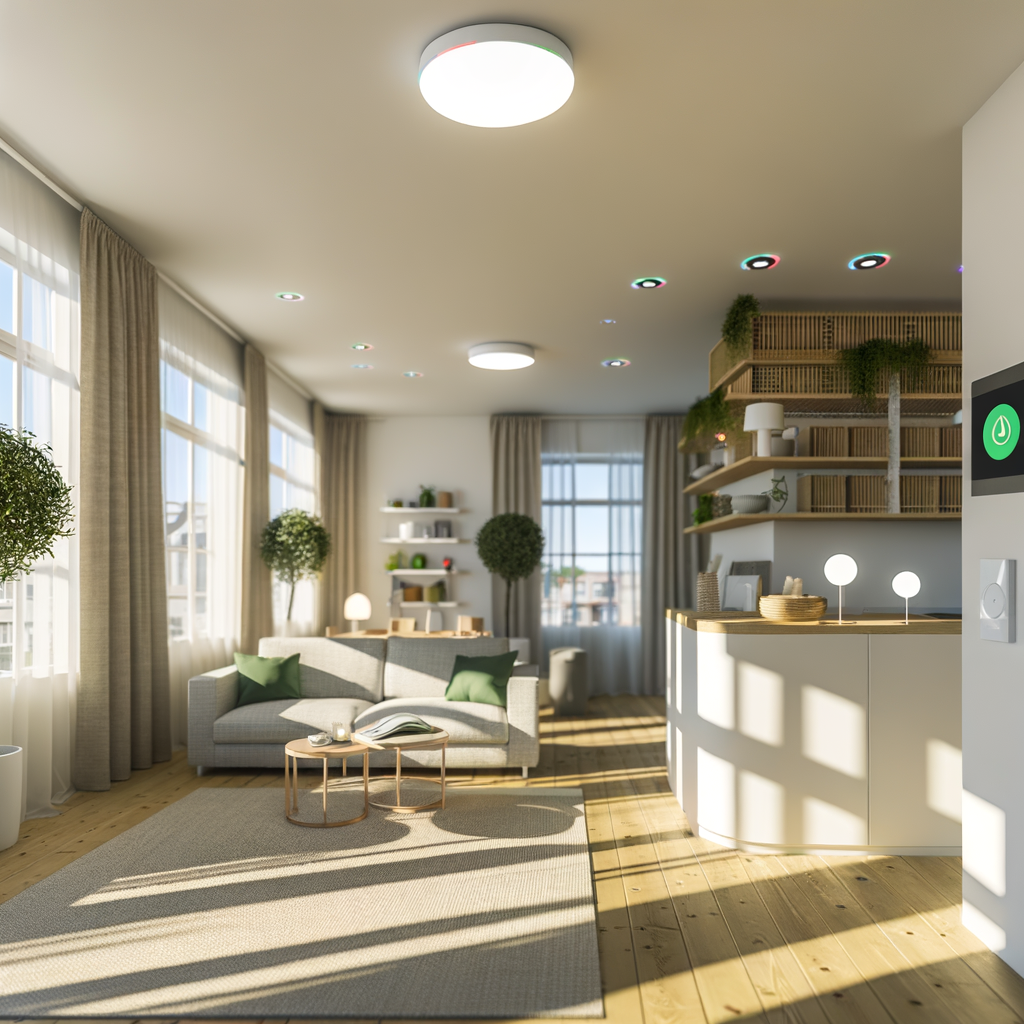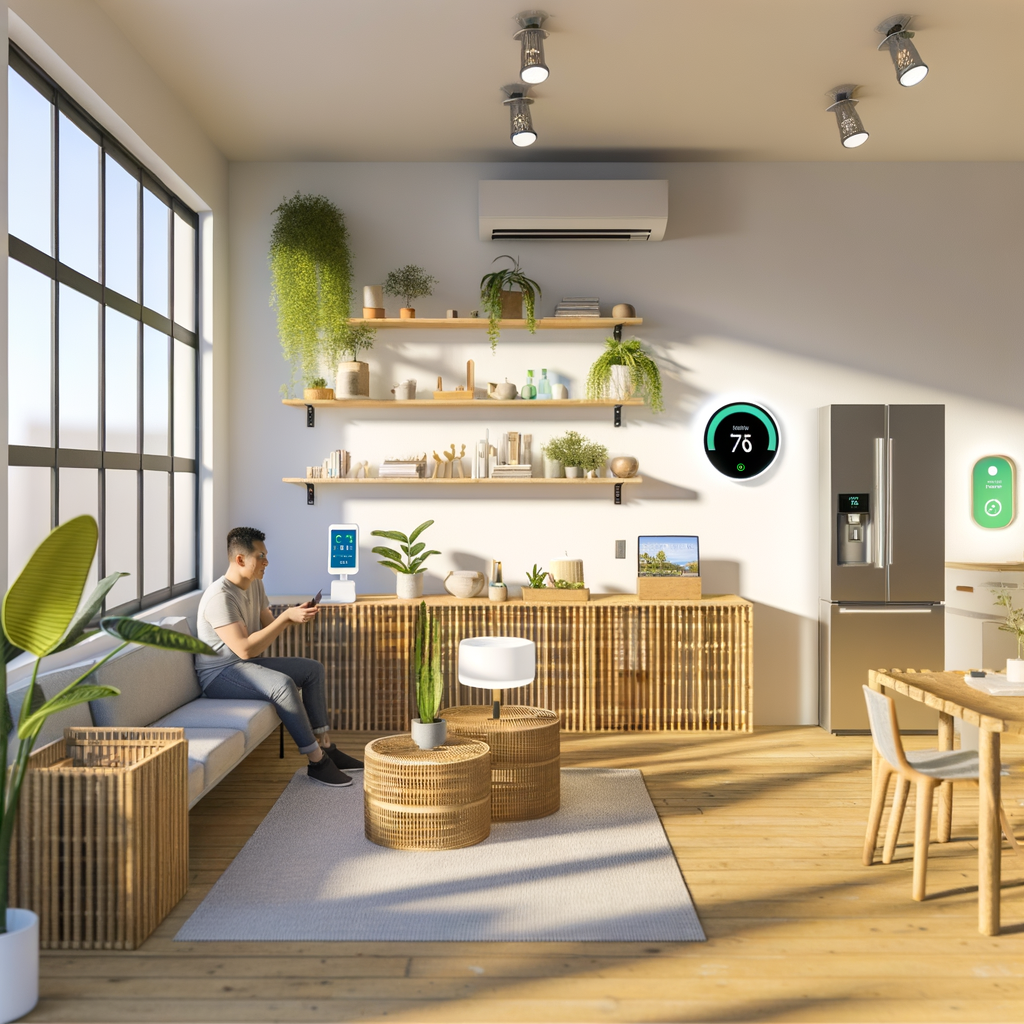Myth-Busting Smart Homes: 7 Common Misconceptions Renters Have About Eco-Friendly Tech
Smart home technology is no longer the exclusive domain of luxury homeowners. In recent years, renters have become enthusiastic adopters of eco-friendly smart devices, from thermostats to lighting and more. Yet, despite their growing popularity, a swirl of myths and misconceptions may still hold many renters back from making the leap.
At EcoFriendlyRenter.com, we believe every renter deserves a greener, smarter home—without hassle or worry. Let’s set the record straight on the top seven myths renters believe about smart home and eco-friendly tech, and share expert solutions so you can take control of your energy use, comfort, and footprint today.
Myth #1: “Smart Home Tech Requires Major Installation and Landlord Approval”
The belief that smart home devices always need complex wiring or modifications is a major barrier for renters. Understandably, most renters don’t want to risk their security deposit by drilling holes or rewiring apartments.
Reality: Most Devices Are Plug-and-Play
- Plug-in or peel-and-stick options: Many devices install without tools or permanent changes. Think smart plugs, WiFi-powered bulbs, or cameras that rest on flat surfaces.
- Battery-powered sensors: Smart sensors for motion, temperature, or doors are easily attached with adhesive strips and removed without damage.
- No wiring required: Controllers for smart thermostats, lights, or humidifiers can often attach over existing switches or outlets.
Actionable Tips for Renters
- Choose “no tools needed” brands: Look for terms like “renter-friendly,” “wireless,” or “no installation required.”
- Keep original parts: If you temporarily swap a thermostat or bulb, save the original in a labeled box for your move-out.
- Communicate with your landlord: Share your eco-friendly goals. Many landlords appreciate upgrades—especially those that add energy efficiency and security.
Myth #2: “Smart Home Tech Is Too Expensive for Renters”
Some renters assume that eco-friendly gadgets mean big upfront costs, making them a luxury rather than an attainable upgrade. However, prices have dropped dramatically, and entry-level products can actually pay for themselves.
Reality: Affordable Options Start at Under $25
- Smart plugs: Let you automate lamps, fans, or appliances for $10-20 each.
- Smart LED bulbs: Offer remote control, scheduling, and energy savings, starting below $15.
- Starter kits and bundles: Buy more for less by bundling bulbs, plugs, or sensors.
How Going Smart Saves Renters Money
- Lower energy bills: Automate lights and appliances to turn off when not needed.
- Bulb longevity: Smart LEDs use up to 80% less energy and last 10 times longer than incandescents.
- Rental flexibility: Take your smart devices with you when you move out, unlike permanent upgrades.
Actionable Tips for Renters
- Start small: Replace the three most-used light bulbs or outlets first for immediate savings and convenience.
- Watch for sales: Eco-friendly gadgets often go on sale before holidays or during Amazon events.
Myth #3: “Smart Devices Won’t Work with Older or Smaller Apartments”
Worried your 1960’s walk-up or snug studio can’t go “smart”? Many renters fear their aging infrastructure or compact floor plans put them at a disadvantage.
Reality: Modern Smart Tech Works Anywhere
- WiFi bridges the gap: As long as you have wireless internet, most smart devices work in any building and room size.
- Retrofit compatibility: Devices like smart bulbs and plugs are designed to fit in existing fixtures and sockets—no special wiring required.
- Portable sensors: Door/window and motion sensors are tiny; stick them anywhere you need.
How to Maximize Smart Home Benefits in Any Rental
- Use mesh WiFi (if possible): For larger apartments, consider a WiFi extender or mesh system to reduce connectivity dead zones.
- Map out needs by room: Focus upgrades on high-traffic rooms or problem areas (e.g., entryways, bedrooms).
- Leverage voice assistants: Voice-controlled hubs like Alexa or Google Home work wonders—even in the tiniest spaces!
Myth #4: “Smart Home Tech Is Difficult and Confusing to Set Up”
Tech anxiety is real. Many renters worry that smart home setup equals hours of frustration, obscure apps, or cryptic instructions.
Reality: Most Devices Are Simpler Than Ever
- Guided app setup: Most reputable brands offer step-by-step mobile app instructions, with video tutorials and customer support just a tap away.
- No programming needed: The majority of smart gadgets sync automatically with your WiFi and smartphone.
- One app controls all: Multipurpose apps (e.g. Google Home, Apple HomeKit, or Alexa) let you manage multiple brands from a single dashboard.
Practical Tips for a Painless Setup
- Read user reviews: Look for products praised by fellow renters for quick, intuitive setup.
- Stick to major ecosystems: Choosing devices compatible with Google, Apple, or Amazon ensures ongoing updates and easier troubleshooting.
- Label your devices: Use descriptive names (“Kitchen Lamp,” “Bedroom Fan”) for easier voice or app control.
Myth #5: “Smart Tech Only Makes Life Easier, Not Greener”
Some renters think that the only advantage of smart home gear is convenience, but the environmental benefits are just as impressive—and often overlooked.
Reality: Smart Tech = Energy and Water Savings
- Automated schedules: Ensuring lights, plugs, or climate control only operate when necessary slashes wasted energy use.
- Usage tracking: Many devices monitor electricity consumption in real time, helping you discover sneaky “energy vampires.”
- Smart thermostats and AC controllers: Learn your habits and adjust temperatures when you’re away, maximizing comfort while minimizing consumption.
- Smart leak detectors: Alert you of moisture before it becomes a costly problem—saving both water and potential property damage.
Real-World Impact for Renters
- Lower carbon footprint: Reducing energy and water waste with smart tools is one of the easiest ways renters can fight climate change at home.
- Track your progress: Many apps generate energy reports showing exactly how much you’ve conserved over time.
Myth #6: “Smart Home Devices Are a Privacy or Security Risk”
Stories about hackers or data breaches give renters pause before connecting that new gadget to their WiFi. Privacy is a serious concern—but it’s not as scary as it sounds when you follow a few simple rules.
Reality: You’re in Control of Your Data
- Secure by design: Reputable brands encrypt your information and offer regular software updates to patch vulnerabilities.
- Password protection: Modern smart home apps require strong, unique passwords and support two-factor authentication.
- Device privacy controls: Most allow you to turn off microphones, cameras, or location tracking if you wish.
How Renters Can Stay Safe and Secure
- Change default passwords: Always create unique, strong passwords for your devices and WiFi network.
- Update devices regularly: Turn on auto-updates in apps to benefit from security patches as they’re released.
- Read privacy settings: Review the data sharing and control options in each app—opt out of any marketing or tracking you don’t need.




